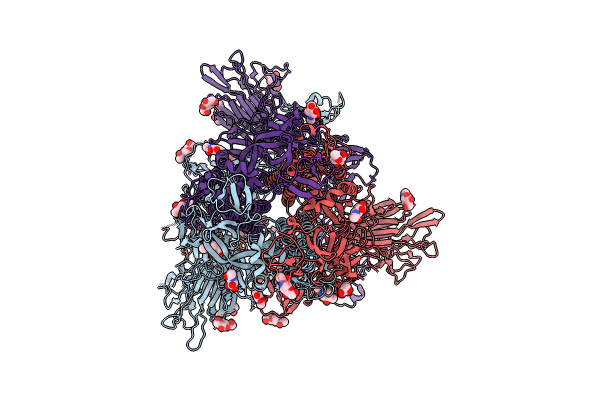
Deposition Date
2024-02-06
Release Date
2024-07-17
Last Version Date
2025-07-02
Entry Detail
PDB ID:
8Y8C
Keywords:
Title:
Structure of HCoV-HKU1C spike in the inactive-closed conformation
Biological Source:
Source Organism:
Human coronavirus HKU1 (isolate N5) (Taxon ID: 443241)
Host Organism:
Method Details:
Experimental Method:
Resolution:
2.95 Å
Aggregation State:
PARTICLE
Reconstruction Method:
SINGLE PARTICLE


